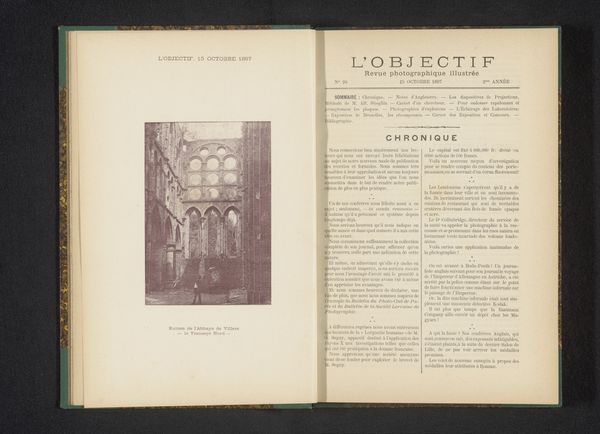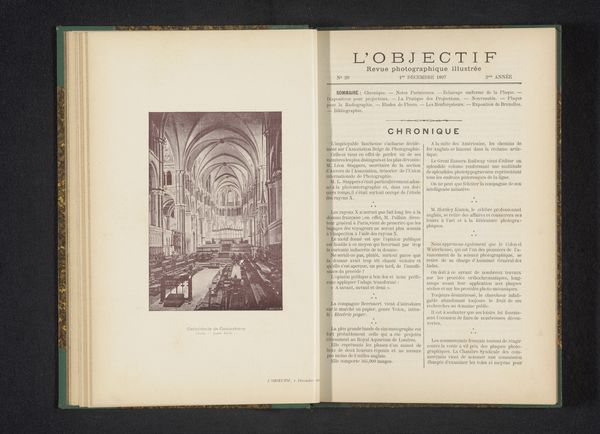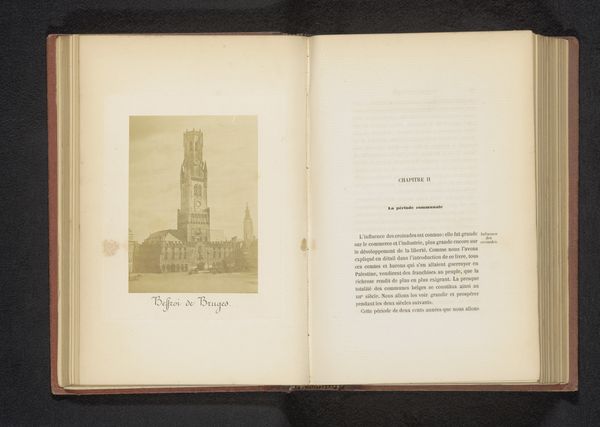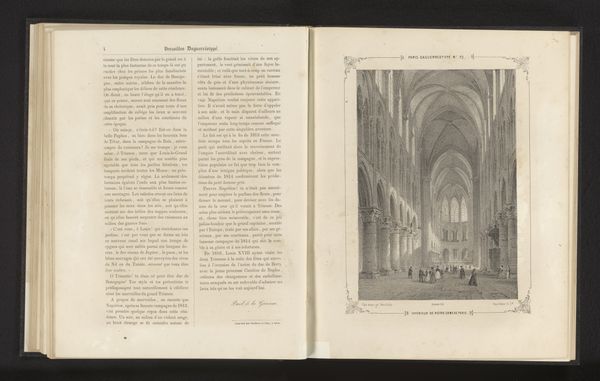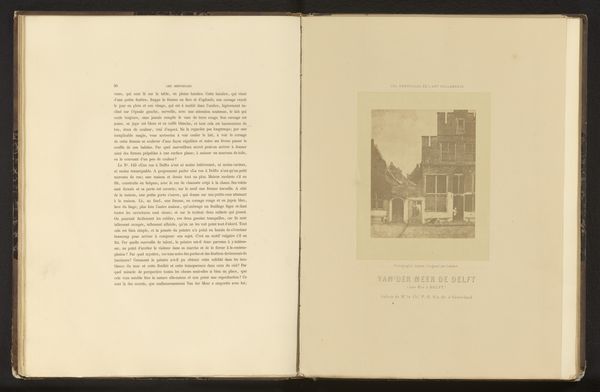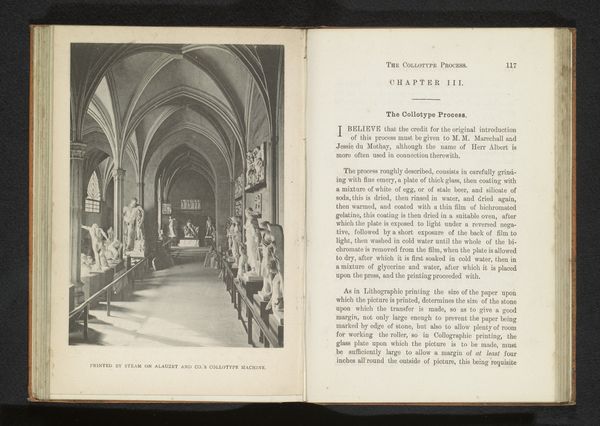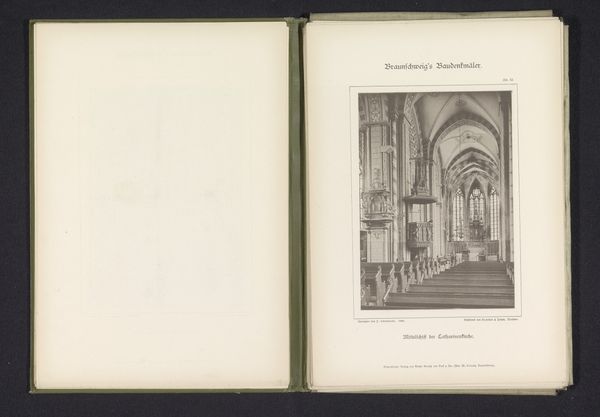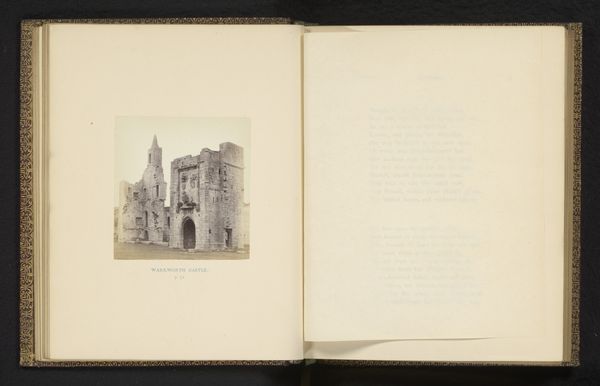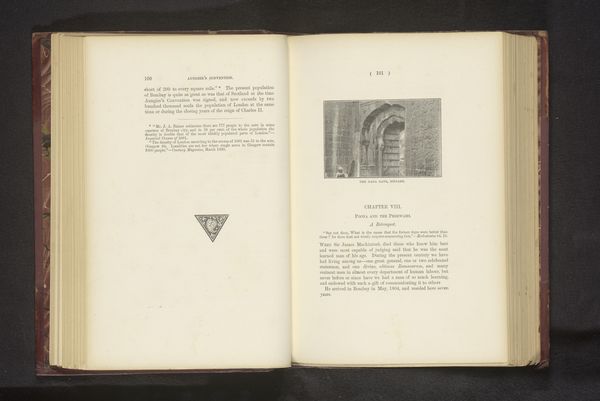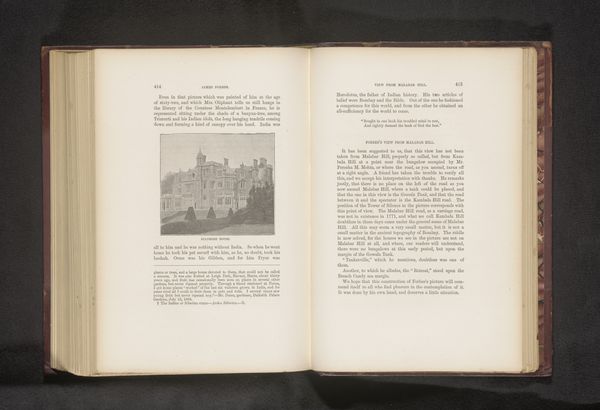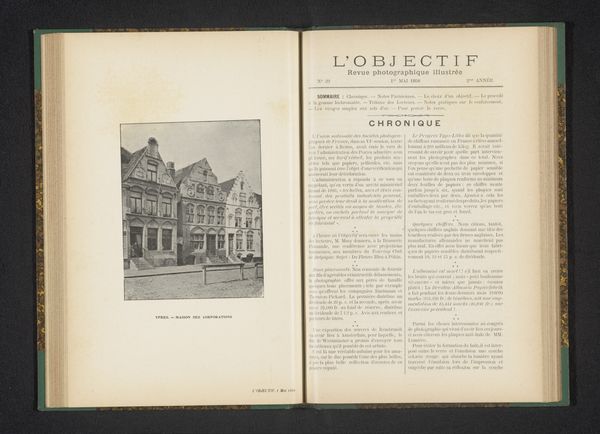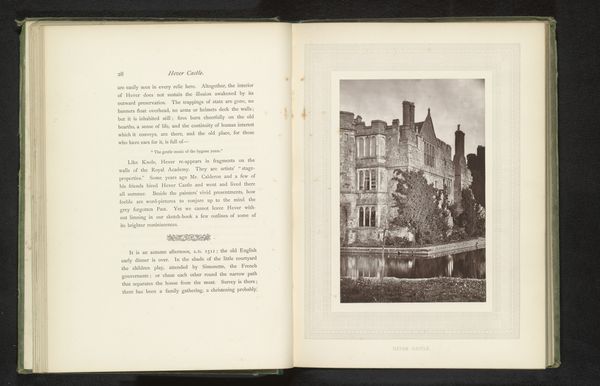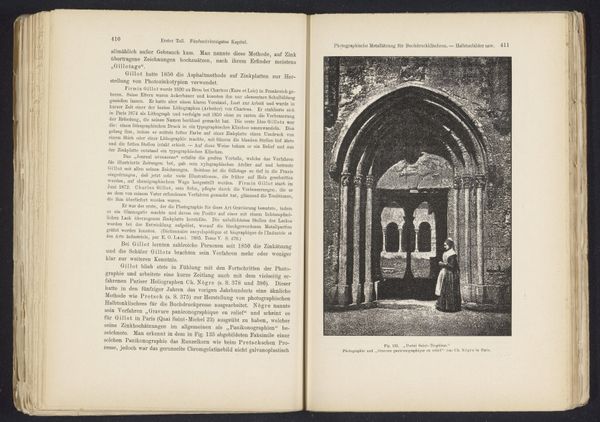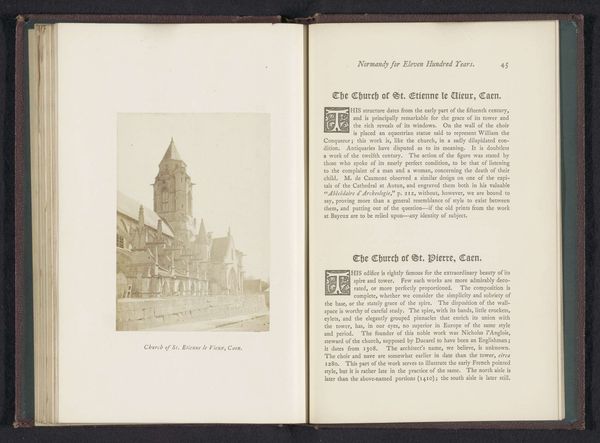
print, etching, photography, engraving, architecture
# print
#
etching
#
neo-impressionism
#
photography
#
symbolism
#
engraving
#
architecture
Dimensions: height 118 mm, width 95 mm
Copyright: Rijks Museum: Open Domain
Editor: So, here we have "View of Ely Cathedral" by Jean Malvaux, an etching made sometime before 1900. It's quite striking – the cathedral looms so large and imposing on the page. What do you see in this piece? Curator: Immediately, I'm struck by the symbolic weight of the cathedral itself. It's not just a building; it’s a visual embodiment of faith, power, and perhaps even societal aspirations of the time. Notice how Malvaux captures its verticality – the way it reaches towards the heavens. Do you think that was intentional? Editor: I imagine so, it really emphasizes its grandeur! The detail too - the lines creating textures of stone - give such a sense of age. Curator: Exactly. And age connects us to layers of cultural memory. Consider the cathedral as a vessel. It holds within its walls centuries of prayers, historical events, artistic expression... and the symbols embedded in the architecture itself - think of the arches, the spires, even the light filtering through stained glass. These are all visual cues that evoke deeper meaning and a collective experience. What feelings do these symbolic architectural forms convey? Editor: I feel a sense of awe and permanence. It makes me consider how these physical structures shape our perception of history and spirituality. Curator: Precisely. It's also worth considering the neo-impressionist influences visible through its style. These influences provide modern interpretations to tradition and history. Malvaux reminds us that visual symbols don't exist in a vacuum, but evolve and are reinterpreted across time. Editor: That's fascinating! I never really considered how much symbolism can be embedded in a seemingly straightforward architectural print. Curator: It's a reminder that art, in all its forms, carries echoes of the past and whispers of the future.
Comments
No comments
Be the first to comment and join the conversation on the ultimate creative platform.
